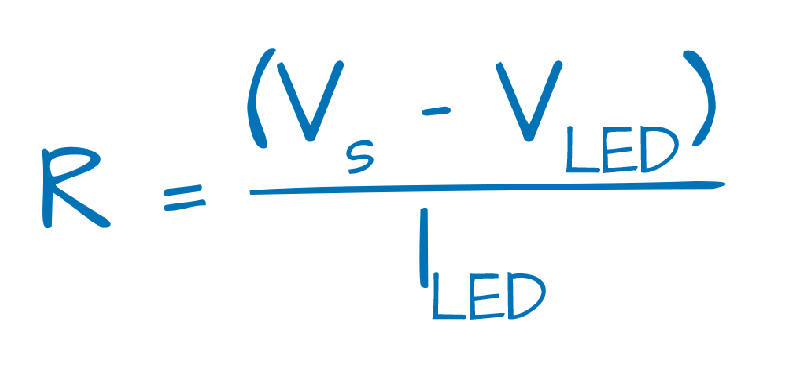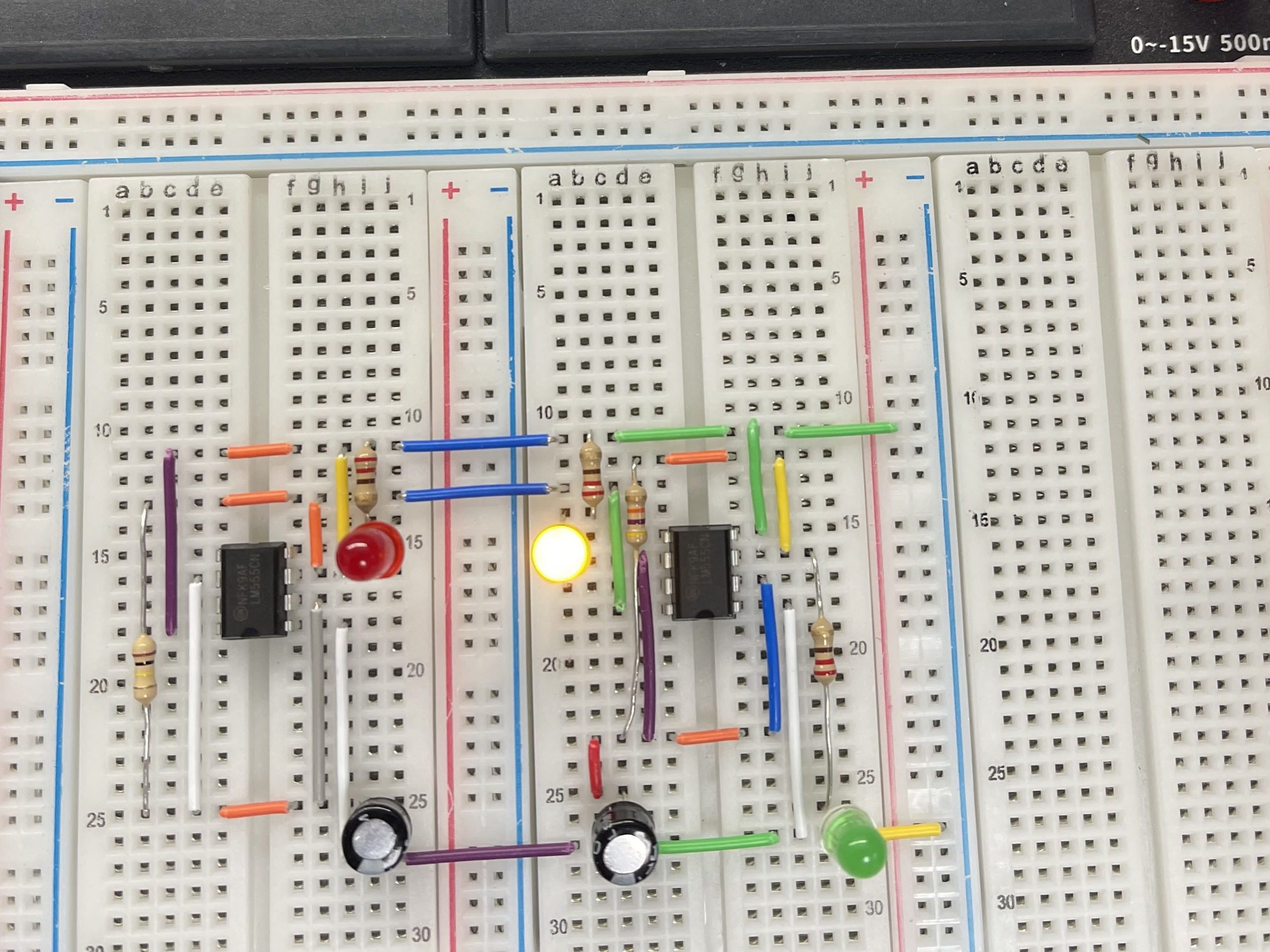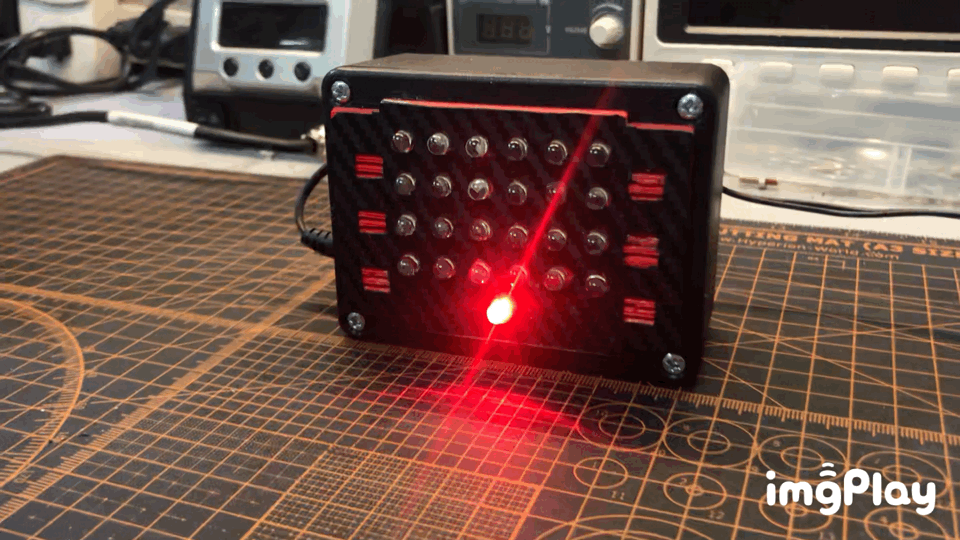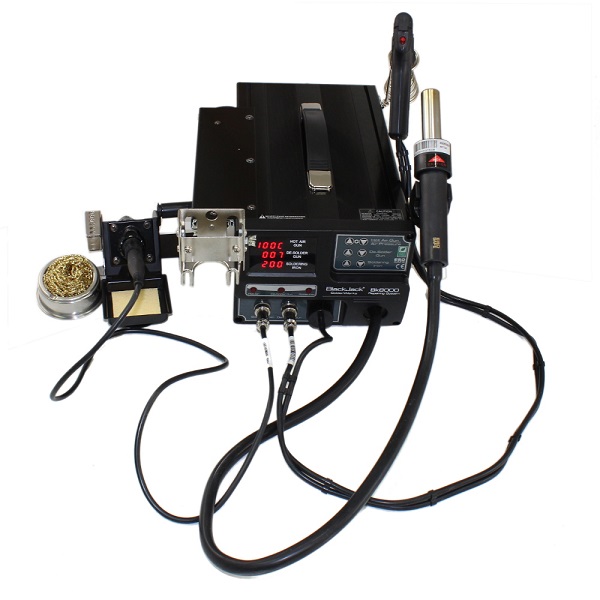5 Steps to Calculate the Resistor value for LEDs
Determining the resistor value for lighting LEDs is simple and straightforward, but we must take into consideration the color of the LED as well as the wattage rating of the required resistor, and the number of LEDs in the circuit. We hope reading 5 Steps to Calculate the Resistor value for LEDs gives you what you would need for your project.
LEDs are becoming more and more popular for a variety of lighting projects and needs. This is due to the excellent power efficiency and extended lifetimes of LEDs over incandescent lamps. Also, as the technology improves and production increases, the cost continues to be reduced.
5 steps to calculate the resistor value for LEDs:
Formula: Resistor = (Battery Voltage – LED voltage) / desired LED current.
- Archive the schematic.
- Find LED voltage.
- Calculate LED current.
- Find Input Voltage.
- Apply the formula: Resistor = (Battery Voltage – LED voltage) / desired LED current.
Example:
For a typical white LED that requires 10mA, powered by 12V the values are: (12-3.4)/.010=860 ohms. If we use 5 white LEDs the current requirement is 10mA x 5 = 50mA. So (12-3.4)/.050=172 ohms. Note: to use several LEDs in parallel, sum the current values.
What is a LED?
LED is an acronym for Light Emitting Diode. An LED has a specific polarity that must be applied to make it produce light. Failure to observe this polarity requirement could cause catastrophic damage to the LED. An LED has a relatively low value of reverse polarity voltage which is about 5 volts. Since an LED is essentially a diode, it has a maximum current value that cannot be exceeded for any period of time.
Explain the idea of Calculating Resistor value for LED Lighting
So assuming a 12-volt power source and a white LED with the desired current of 10 mA; The formula becomes Resistor = (12-3.4)/.010 which is 860 ohms. Since this is not a standard value I would use an 820-ohm resistor. We also need to determine the power rating (watts) of the required resistor.
For our example above, (12-3.4) X .010 = 0.086 so we can safely use a ¼ watt resistor in this application since we should use the next highest standard wattage rating.
Conclusion
As we can see, determining the resistor value for lighting LEDs is simple and straightforward, but we must take into consideration the color of the LED as well as the wattage rating of the required resistor and the number of LEDs in the circuit. You can visit our store for a varied selection of LEDs and resistors.





